The Secret to Not Being Overwhelmed
by Oliver DeMille
“For a lot of years, I read every article about time management … I think when I finally gave up on the idea of balance, it was a really happy moment. You can drown in all the to-do lists. Or you can thrive and have a happy, messy life. Which I do.”
-Anne Sweeney,
President of the Disney/ABC Television Group
“I could never homeschool,” the lady on the plane told me. “I mean, my sister homeschools her three children and they are loving it, but I just don’t think I could pull it off. I want to, and my daughter really needs it, but I know it would overwhelm me.”
I smiled and said, “There’s actually a special time management technique that makes it all work. Those who use it see great results. Those who don’t … well, they are often overwhelmed, like you said.”
She perked up and cocked her head to one side in interest. “A time management technique?” she asked. “What is it?”
I closed my book and tucked my pen into the pocket on the back of the seat in front of me. “It’s called Structure Time, Not Content,” I said. Then I was quiet for a few moments while she thought about it. I’ve learned that the Keys of Great Teaching are pretty powerful and don’t need much explanation. At least not at first. They just seem to resonate with most people.
Later, well, then you can hardly explain them enough. People just want to know more and more about them. So do I, for that matter. The Keys are true classics, and I’m always amazed how much they keep teaching me.
“Structure Time, Not Content…” she said slowly, weighing each word. Then she pondered for several moments. “How is that a time management technique?”
“Well, basically, it means to get rid of your to-do lists, at least where education is concerned, and set up a time each day where your students can just study what are most interested in learning. You can do the same.” Again, I said this and then just stayed silent so she could process.
She pulled out her notepad and wrote in pencil, “Structure time, not content by getting rid of the to-do lists.” She leaned back and reread her note several times. Then she looked at me and asked, “How could this possibly work?”
I laughed, then I asked, “What do you mean by work? I never said anything about this working. I said it would allow you to homeschool and not be overwhelmed. Don’t you think you’d be less overwhelmed if you just threw away the to-do list?”
She nodded, “Of course. But that would defeat the point wouldn’t it?”
“What point?”
“To help my daughter get a good education,” she immediately responded.
“Oh, that point,” I said. “But why on worth would you want to do that to your daughter?”
The woman peered over her glasses like I might be crazy, so I decided to come clean. “I’m just kidding,” I chuckled. After a second she joined in.
“But I’m only sort of kidding,” I said. “I mean, think about it. Do you really want her to only get a good education? Don’t you want her to have a great education? A truly superb, excellent, world-class education for leadership in whatever she wants to do with her life? Do you really want to settle for merely good?”
During the time I was speaking her face went from surprised to considering, and by the time I finished she was nodding. “Of course I want it to be great,” she said. “I just never thought of it that way before. Is this in your book?”
I nodded and responded, “The most effective means of time management, at least for great education, is to structure time, not content. When most people hear this they focus on not structuring content, but the main point is to structure time. If you structure time effectively, your daughter’s education will flourish and you won’t be overwhelmed at all.”
I stopped talking to see how she would respond. If she wanted to drop the subject, it would be easy to say how interesting this was and change topics. Or, if she really wanted to know more, she would ask another question about structuring time.
“How would I structure time?” she immediately asked.
I smiled and explained all of the 7 Keys. She asked lots of questions and we had an enjoyable conversation. Finally, I said, “This was a long way to explain time management, but with the background of the 7 Keys I can now explain it to you very easily. Here’s how it works. Every morning, have a routine that you and your daughter follow. After getting ready for the day and having breakfast and whatever else you normally do, have a time set aside for learning.
“When that time arrives each day, go with your daughter to the room she’ll study in and sit down with her and set the example by studying for a half hour or so yourself. You don’t have to study long hours like her, but do a little reading each day.”
“What should I study?” she asked.
“That’s the exciting part. That’s what that makes it great, not just good, education. Study what you love! Study what you want to learn. Study what you are passionate about. Put books and materials for five or ten things you’re interested in right there next to the chair where you’ll be reading, and when it’s time to study just read what you want in the moment. And teach her to do the same.
“The thing is,” I said, “when people study things they really care about, they learn a lot more, and study a lot more, than when they are asked to study things they have no interest in learning. And when they learn more about things that really interest them, they naturally expand what they are learning to additional topics. Eventually, they read books on just about everything. So, to get a great education, structure time each day and go deep into the things you really want to learn.”
We talked for the rest of the flight about things like helping a young person get excited about math and other topics, rounding out the curriculum, and how to mentor. On my connecting flight I realized that I had no pen, so I sat back and thought more about the conversation. It’s amazing how exciting the idea of “Structure Time, Not Content” is when someone first learns about it. But then, over time, we forget just how profound this principle actually is.
There is something magic about having a set time each day dedicated to learning, and having books and materials and resources on numerous topics of interest available during this time.
This is the crux of great education, because it is the natural environment in which to just get lost in the flow of learning something you love. This creates a Love of Learning Habit, and it is essential for getting a scholar-phase education in a bunch of different topics by reading and studying long hours just for fun.
People who haven’t experienced this just can’t quite grasp how it works, but those who have spent time lost in learning on a regular basis know that this is the way great education comes. It is also the quickest way to just let go of our parenting overwhelm and help our kids get the truly excellent education they deserve.
There’s more to it than this, of course, but without a daily time lost in fun learning, a great education never comes. Think about ways to make this a bigger part of your home, for you and the children and youth you mentor. If you ever find yourself feeling overwhelmed by all you need to do in life, try giving simplicity (not complexity) a better try.
Say “no” to a few things, throw away at least part of your to-do list, and help your kids create a special time each day where everyone can just lose themselves in learning things they really care about. Do the same thing yourself. Almost nothing will do more to increase the quality of your family’s education.
*****************
NOTE: More ideas on how to do this are found in Leadership Education by Oliver and Rachel DeMille. If you are a classroom teacher, the same book includes suggestions for implementing this type of learning in private, public and charter school settings.






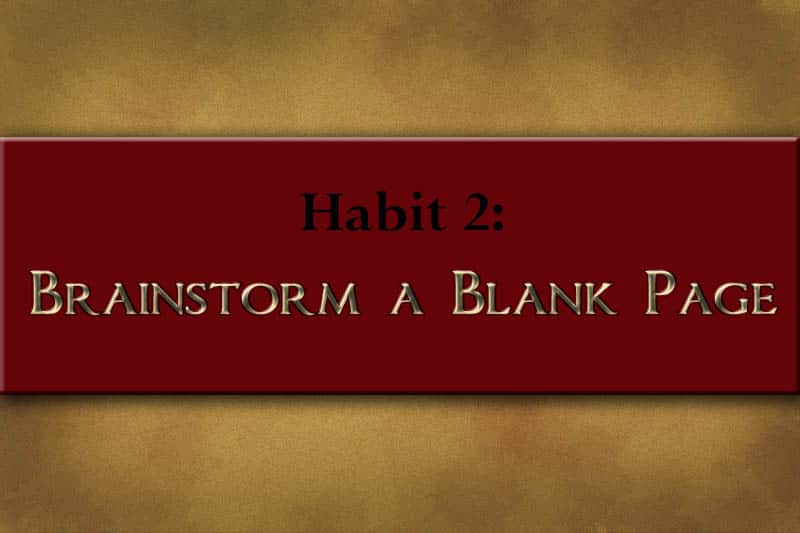


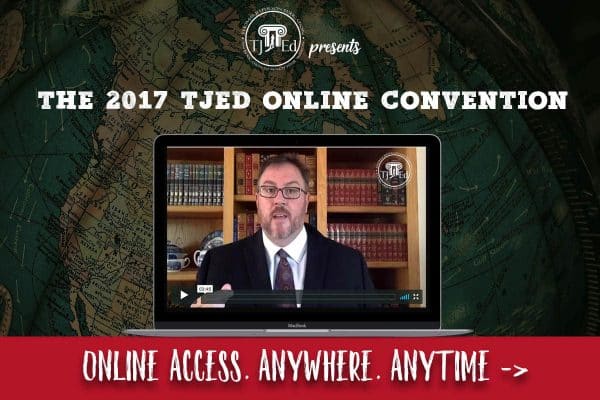






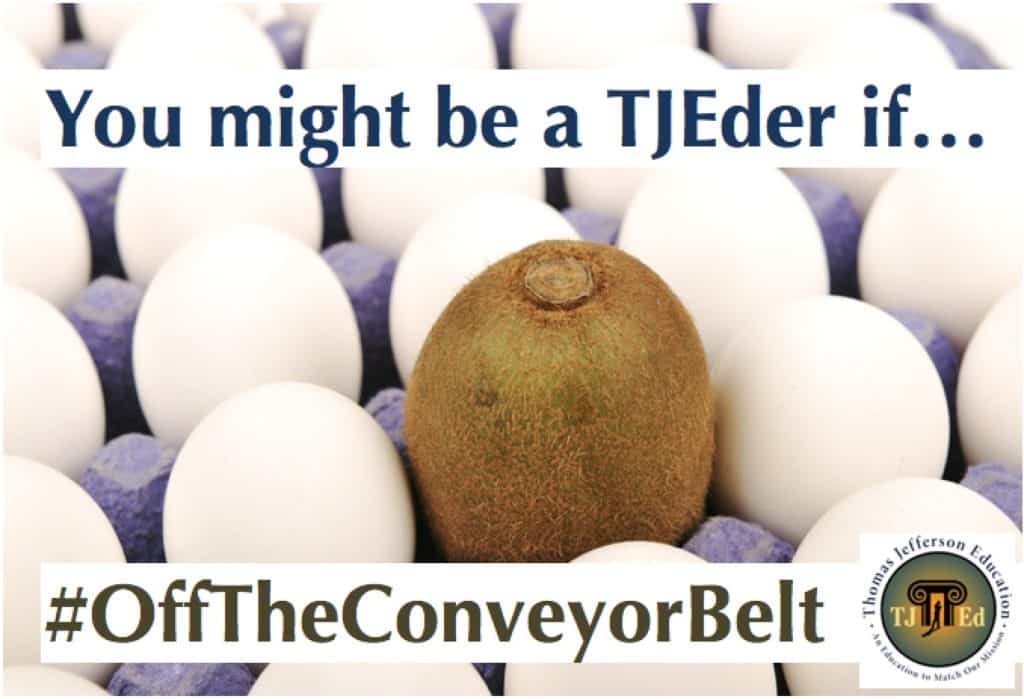


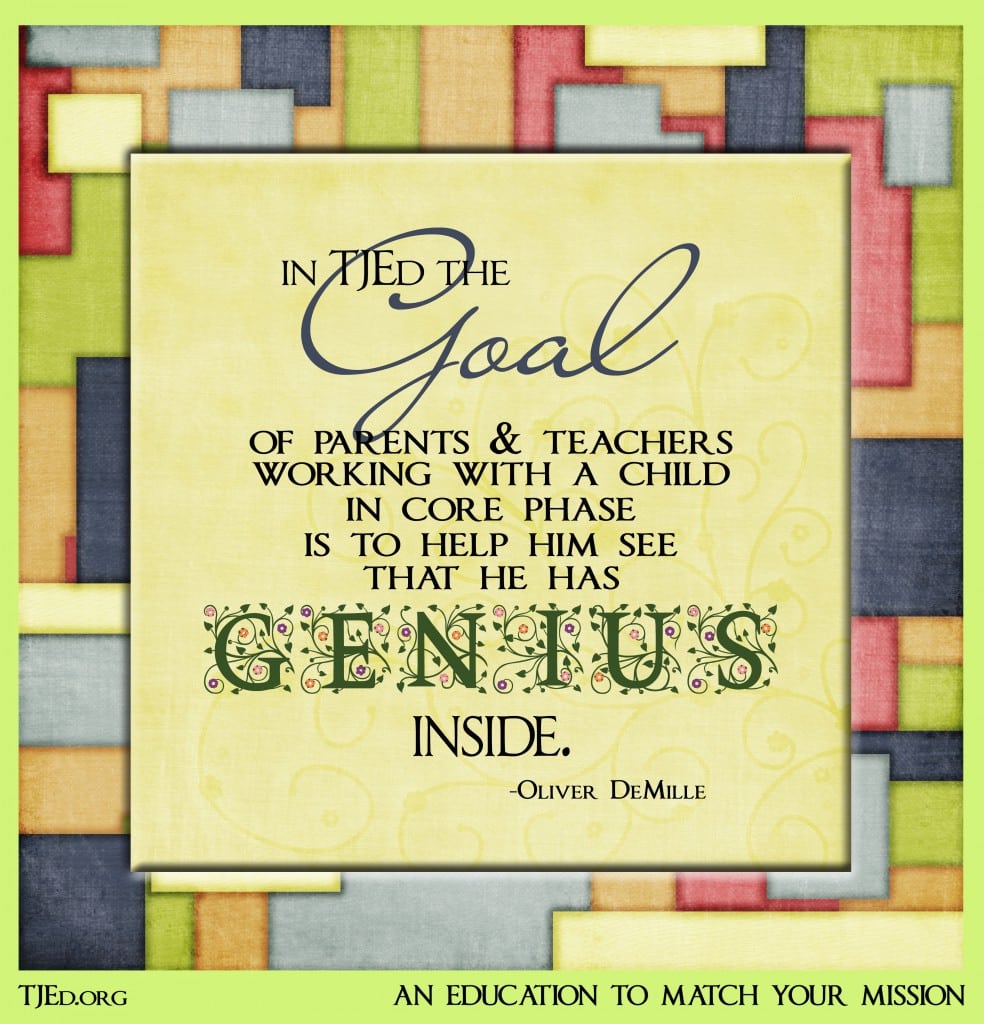



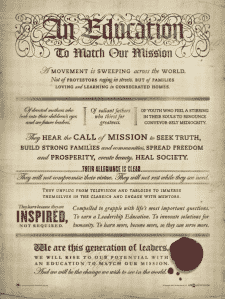



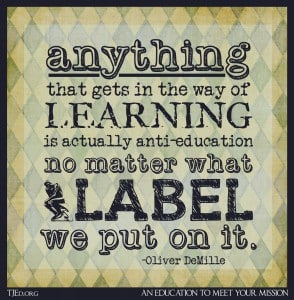
Amen! It works, its true! As I have planned a time and kept it sacred for “Love of Learning” it has made all the difference is our lives. I have much yet to learn about making it really effective, but we are establishing the habit. And as I study with my children and near my children, I have found them studying and reading and learning too.
The best day was when my nine year old said, “Mom, Love of Learning time is every morning for us, but for you, it seems like it is Love of Learning all the time!” Yep! If I have taught him only that, I think we are on the right track.
Thank you– I really needed this reminder for the new year. 🙂
I have the time structured, but I have my study time separate from their study time. I am going to put them together and see what a difference it makes! Excited! Thanks!
This was a wonderful article. Please keep these snippets of reminders coming. I’m also putting our Love of Learning time into the same room.
Love it! What a great reminder. I’m excited to implement a few good ideas I’ve felt from reading this. Thanks!
I love this concept. It helps my children learn to be responsible and active in their own education. Thanks for sharing.
This is great! i used to be like Shelley, with my study time separate, but I was having difficulty having time to act on what I was learning to start making a difference in the world and myself. But when I put the two together, there were times when we didn’t get much on the ‘to-do’ list done. … I felt guilt. It is so nice to know that I am actually on the right track. Thank you so much!!
This is a great article, just the reminder I need right now.
My question is, how do you balance ‘Structure Time, Not Content’ with using E.D. Hirsch’s ‘Core Knowledge’ Series (suggested in your Home Companion book)?
Thanks!